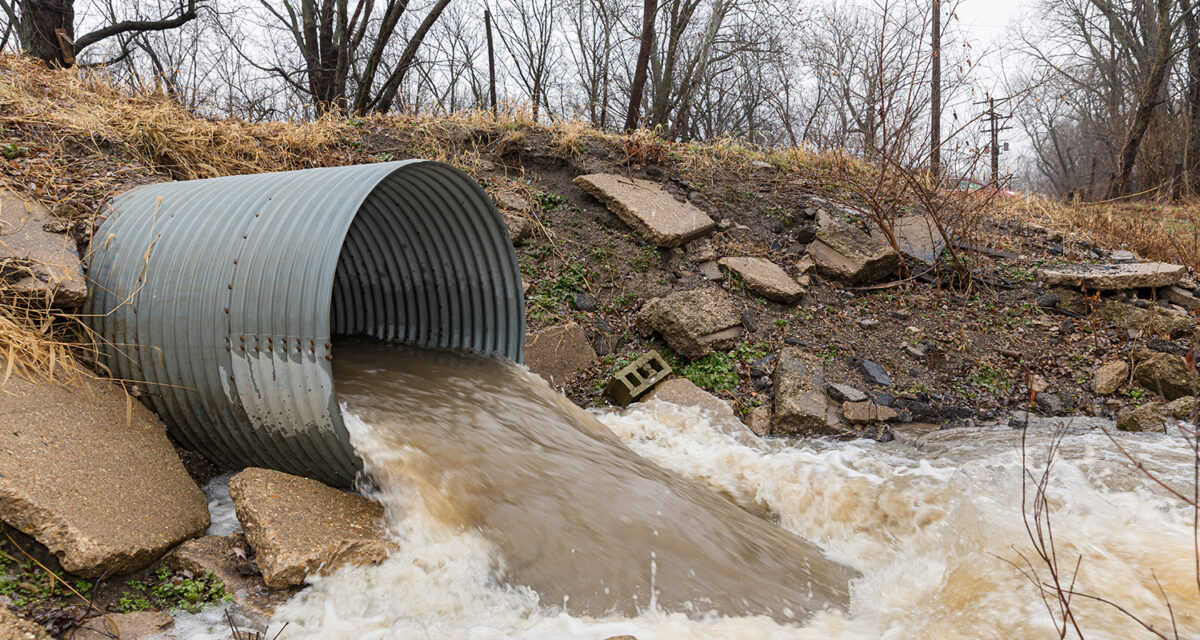Blog
-
Culvert Cleaning And Clearance in Vancouver, BC

What Is A Culvert?
Culverts are circular structures that channel water through obstacles or subterranean waterways. Most culverts redirect water flows alongside ditches on roadsides. Most roadside culverts are made from piping and solidified with reinforced concrete and soil. Common types of culverts around major roadways are meant for water to pass from natural stream crossings. They come in various sizes and configurations in order to keep up with flows. These common sizes and shapes include open bottom, flat bottom, pear shaped, box like, round, and elliptical. The size and shape selection is based on a number of factors including limitations on elevation, roadway embankment height, and requirements for hydraulic performance.
Environmental Impacts Of Culverts
Culverts offer adequate room for aquatic and marine life to pass through naturally in streams. Engineers that design culvert elevation and hydrological considerations use critical analysis to determine what kind of culvert must be placed in between roadways. If culverts are placed inadequately, this can be detrimental to the marine life around the surrounding areas. Marine life such as fish must be able to swim through the culvert passage without any technical issues. Flow turbulence can play a key role in the swimming ability of aquatic life through a culvert. Through heavy rains, flows can increase dramatically and bring in material such as sand and river rocks into the culvert and be trapped inside the ribs of the culvert thus creating sand bars and build up of material brought in. These impact marine life severely and can become an environmental issue if not monitored throughout the year.
How Is Culvert Cleaning Done?
Engineers monitor culvert levels year round and determine whether they need to be cleaned out or not. Sand bars can become an issue when they rise in the rainy seasons adding more material as streams pass through culverts at higher rates of speed. Usually between summer months is genuinely the best time for culvert cleaning. Flows are low or non existent due to heat dissipating water flows in the summer months making it less difficult for hydrovac combination trucks to divert flows as annual cleaning is performed. Usually before work can begin on cleaning interiors of the culvert, permits must be issued to fishery departments to safely catch and release any fish or aquatic life inside the culvert. This ensures no harm has been done to impact aquatic life as big powered hydrovac trucks come in and clean up material. Once aquatic life is safely removed, berms are made for existing streams and diverted in order to work inside the culvert. Hydrovac trucks are then permitted to enter and clean material left in the culvert. Here at McRae’s Environmental Services, we use high powered vacuum combination units known as “super combos” to pump up material from hundreds of feet away. These hydrovac trucks are capable of loading up material at higher rates of speed and suction in order to get the job done within the time frame. We use high pressure water guns and heavy hauling material hoses to break apart and pump down culvert materials. Sand bars, sticks, river rock are some of the materials found in culverts due to heavy rains and are pumped up and disposed of appropriately with a super combo hydrovac. As climate change has a detrimental effect on our weather, culvert cleaning could be done more than once year-round. Monitoring levels and making appropriate judgements on cleaning is critical in order to keep free flowing water ways to pass through culverts. Culverts are a safe and environmentally friendly way to keep rivers and streams away from major roadways. It is our job to keep them clean and flowing in order to have the least amount of impact on our environment.
